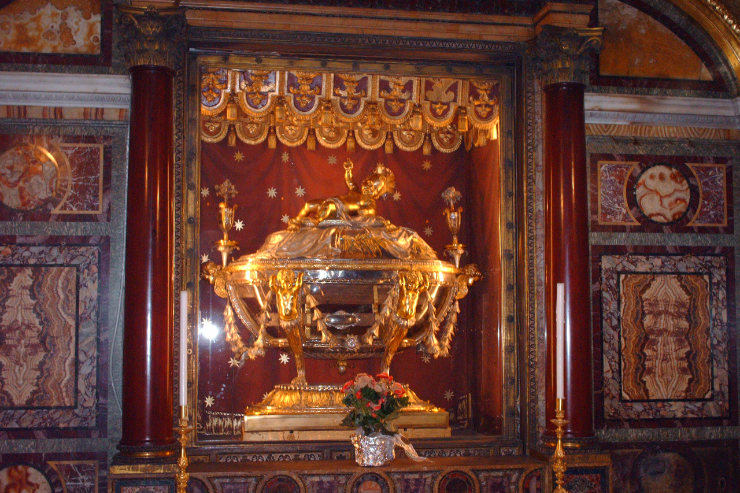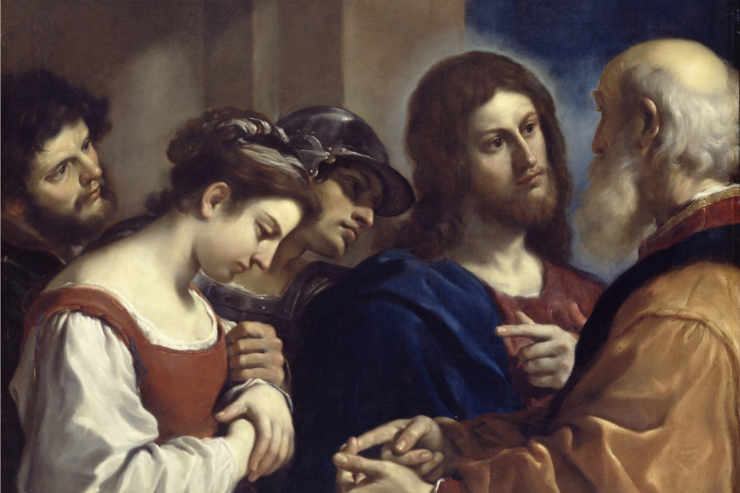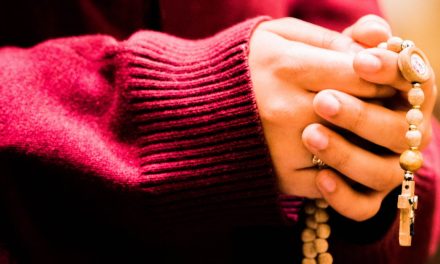
Reliquary of the Holy Crib
Basilica di Santa Maria Maggiore
Spring always makes me think of Rome, since two of my springs were spent as a student there, entering into the graces of Roman Lents and Triduums, celebrating the entire fifty days of Easter, experiencing the feasts of Pentecost and Corpus Christi with the universal Church, then escaping just as the tourists and summer pilgrims began to suffocate the city during the summer months. Since that time in Rome had such a spiritual impact on me during the years my faith life was maturing, I often find myself wishing I could somehow bring the riches I experienced there to the adults I teach or the audiences for which I write. The heritage of Rome is the heritage of every Catholic across the world, which explains why I’ve seen so many Catholics break down in tears upon entering the piazza in front of St. Peter’s, embraced by the arms of Bernini’s colonnade. You’ve come home. And it’s not just St. Peter’s. Around every corner in Rome is a jewel of the Catholic Faith to discover. Every church, large and small, has a story that belongs to you. This is your heritage. This is your family history.
And so as my thoughts turn to various theological truths, spiritual exercises, or pious traditions, they also naturally simultaneously turn to something in Rome. During the month of May, we traditionally remember the Blessed Mother. And as the warm weather begins to creep in, just a hint of the stifling hot summer to come, my thoughts turn to the great miracle of Our Lady of the Snows.
The church of Santa Maria Maggiore, or St. Mary Major, is largest church dedicated to the Blessed Mother in Rome and is one of the city’s four major basilicas. In 358, a wealthy childless couple prayed about how they should spend their wealth, given that they had no heirs. That night, Mary appeared to them in a dream and told them to build a church on the land marked by snow. Given that it was August, this seemed like a rather crazy instruction. Pope Liberius (352-366) had the same vision, and the morning of August 5, 358, snow appeared on the Esquiline Hill in the middle the hot Roman summer.
The church of St. Mary Major was built on the spot, and this tradition is remembered fondly by the Roman people with a shower of white roses from the ceiling of the church on August 5.
This church is also a favorite spot of Pope Francis, given his filial love for the Blessed Mother. Before and after every papal trip, Francis makes a stop at the side altar in St. Mary Major to pray at the famous icon Salus Populi Romani—Protectress of the Roman People—an ancient painting of Mary and the Christ Child. This same icon was carried a procession by Pope Gregory the Great in 593 to pray for an end to the plague that was ravaging the city. As the procession and the icon approached St. Peter’s, passing by the mausoleum of Hadrian, St. Michael appeared above the mausoleum, sheathing his sword. The plague was over. It is this vision that gives the mausoleum its present name, Castel Sant’Angelo, and it is this icon that then became even more beloved by the Roman people. It is fitting, then, that it was at this altar in St. Mary Major that the young Father Eugenio Pacelli celebrated his first Mass—later to become Pope Pius XII and steer the Church and Rome through the storms of World War II.
St. Mary Major is adorned with beautiful mosaics, with the apse mosaic at the very front of the church depicting the coronation of the Blessed Mother. An entire class could be taught just using the mosaics lining the nave, which depict the life of Mary and the Old Testament prefigurements of her and her role in the Church. The present structure was enlarged just after the Council of Ephesus in 431, which condemned the heresy of Nestorius and taught that God truly took on our human nature, that Christ is one divine person and two natures, and that Mary is Theotokos, or God-bearer. The church is truly a celebration of the proclamation of Mary as Mother of God and the full humanity of Christ.
Nothing drives this home more than the greatest jewel in the church: the relic of the wood of the crib. Brought to Rome by refugees from Jerusalem in the seventh century, the plain wooden slats of the crib are visible in a gold reliquary, just under a chubby gold statue of the Christ Child, his hand raised in blessing. As you kneel there, under the high altar, you come face to face with the reality of the Incarnation. The eternal, omnipotent God became a man for me. And not just a man, but a baby!
The churches of Rome are bursting with stories, traditions, saints, sinners, theological truths and spiritual reminders. They are saturated with lessons just waiting to be taught and meditations waiting to be prayed. To be a pilgrim in Rome—at least when I’m your tour guide—means days of learning not just about our history, but about our beliefs.
Yet, though these places house memorials of our history, they are more than mere museums. While home to some of the greatest works of art, they are more than mere art galleries. These churches are the place where we as the Body of Christ touch our history while simultaneously awaiting our heavenly future, as God comes down on the altars there to remind us of His promise: I will be with you always…
Our Lady of the Snows, Pray for us!
Our Lady, Protectress, Pray for us!
Our Lady, Theotokos, Pray for us!














